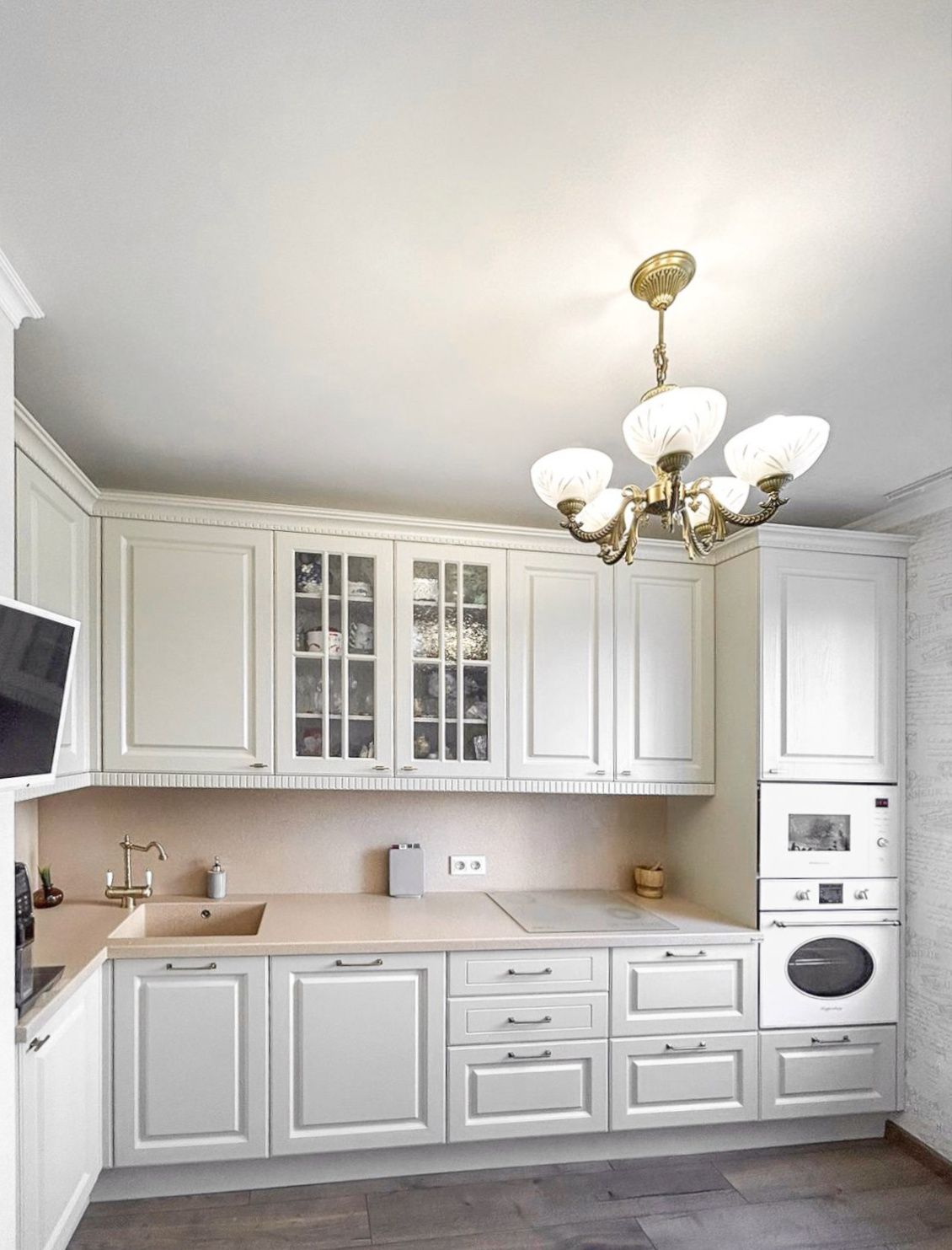
Culinary Spaces Redefined: Embracing Modernity and Tradition in the Kitchen
Introduction to Modern Culinary Spaces
In recent years, the concept of culinary spaces has undergone a significant transformation, evolving from purely functional areas to become the heart of the home. Today's modern kitchens are not only designed for cooking but are also spaces for socializing, dining, and expressing personal style. This redefinition of culinary spaces reflects larger cultural trends towards open-plan living, sophisticated technology, and sustainable practices.
Incorporating Technology and Innovation
The modern culinary space is characterized by the integration of high-tech appliances and smart systems. From refrigerators that can order groceries to ovens that can be controlled remotely, technology has made the kitchen more efficient and accessible. Innovations such as touchless faucets, responsive lighting, and energy-efficient designs are also increasingly common, showcasing how culinary spaces are adapting to the needs of the 21st-century user.
Design Aesthetics and Functionality Merge
The aesthetics of culinary spaces have also evolved. While function remains paramount, there is a greater emphasis on creating a visually appealing environment that reflects the homeowner's personality and style. This has led to a variety of design trends, including minimalist cabinets, bold color choices, and mixed material countertops. The result is a kitchen space that is as enjoyable to look at as it is to cook in.
Culinary Spaces as Social Hubs
Culinary spaces have become the new social hubs of the home, facilitating interaction among family and friends. Open floor plans and kitchen islands with seating encourage conversation and togetherness, while dining spaces integrated into the kitchen make for more intimate and inclusive gatherings. The kitchen's central role in entertaining is indicative of its elevated status in home design.
Sustainability and Eco-Friendly Considerations
With an increasing awareness of environmental concerns, sustainable practices are being incorporated into the design of culinary spaces. Homeowners are choosing eco-friendly materials, low-energy appliances, and are implementing waste-reduction strategies such as composting. These green initiatives not only benefit the environment but also promote healthier living spaces.
The Blending of Indoor and Outdoor Spaces
The lines between indoor and outdoor living continue to blur, and this trend extends to the kitchen. Culinary spaces that open up to patios or gardens extend the cooking experience beyond the confines of walls, allowing for al fresco dining and entertainment. Outdoor kitchens equipped with grills, pizza ovens, and comfortable seating areas further redefine the concept of the culinary space.
Conclusion: A Reflection of Our Times
Culinary spaces have become a reflection of our times — spaces that are multifunctional, aesthetically diverse, technologically advanced, and environmentally aware. By redefining these areas, we are not just creating places to cook; we are fostering environments that celebrate food, culture, and the joy of gathering around the table. As our needs and values continue to evolve, so too will the form and function of the culinary space, remaining at the forefront of modern home design.